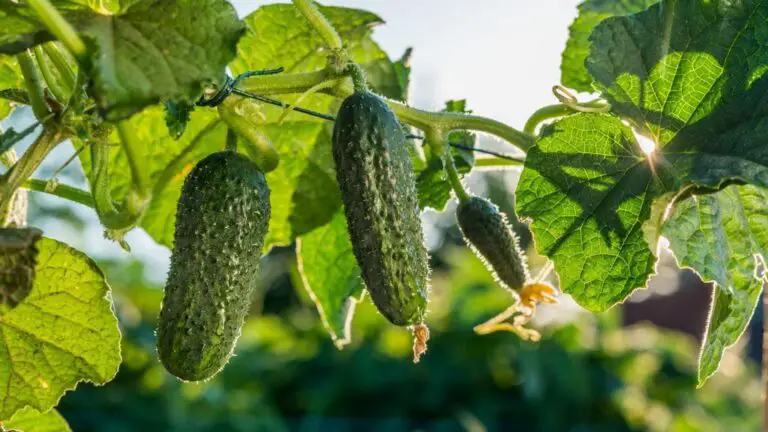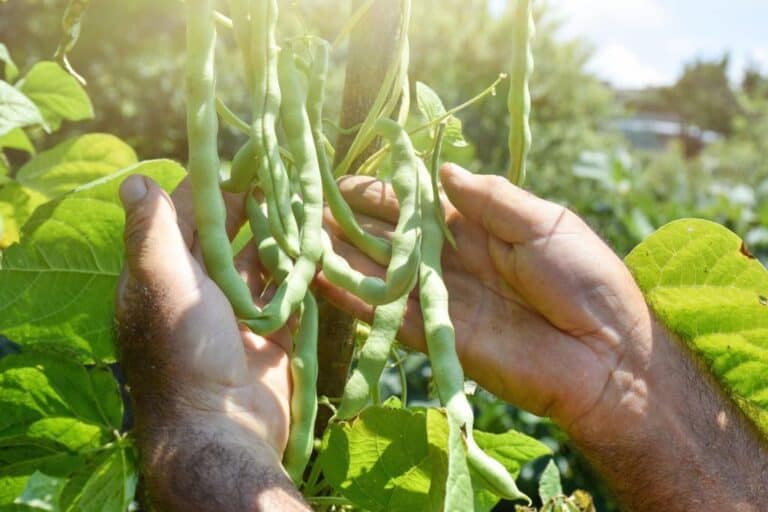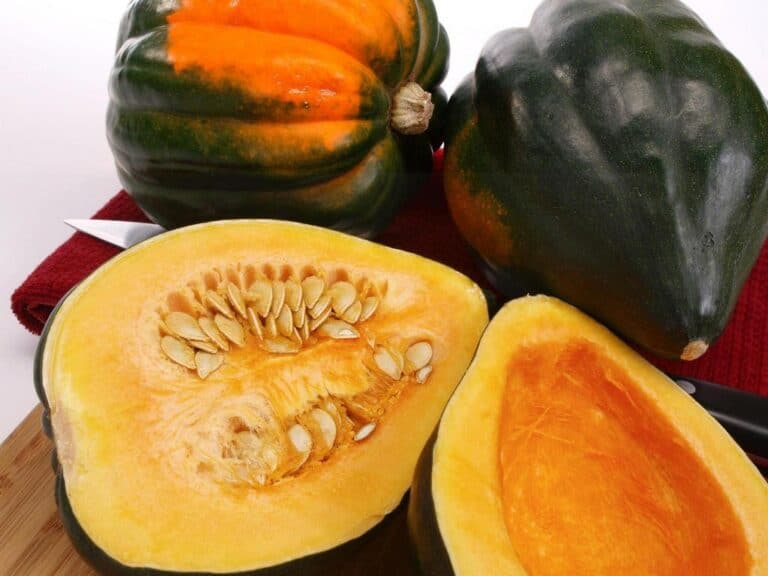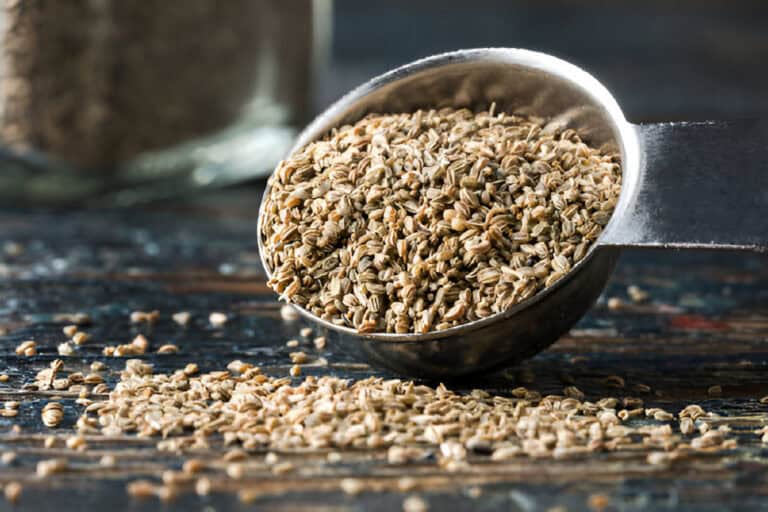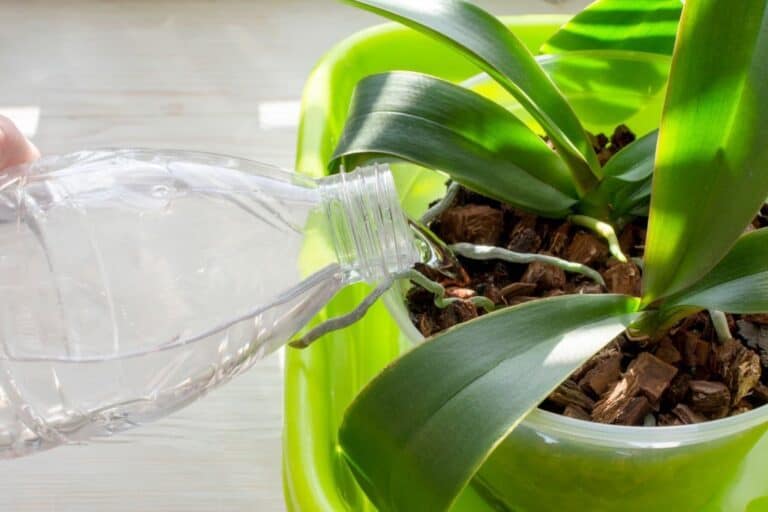Different Types & Varieties of Bell Peppers (With Names and Pictures)
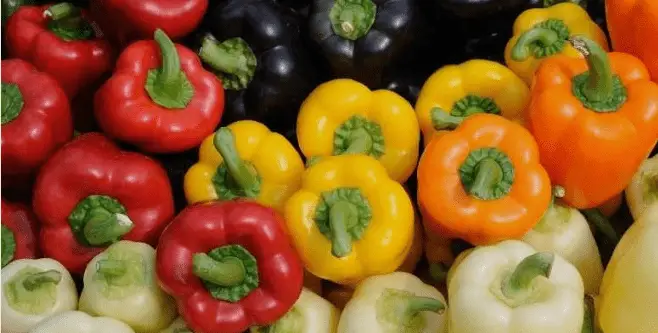
Bell peppers are a type of vegetable that can be grown in gardens. There are many types and varieties of bell peppers to choose from, so you’ll be able to find the perfect one for your needs. Some common bell pepper varieties include sweet, hot, banana, jalapeño, and pineapple. All of these varieties have their own unique flavor and texture.
Bell peppers are in the species Capsicum Annuum. The genus Capsicum has 20-27 species with five of those being domesticated: C. annuum, C. baccatum, C. chinense, C. frutescens, and C. pubescens.
The fruit of Capsicum plants has many names. Depending on the location, it is known as chili pepper, sweet pepper, red pepper, green pepper, mangos, capsicum, and paprika. Paprika in the US is a spice made from a Capsicum pepper.
Peppers are split into two main categories: sweet peppers and hot peppers. Bell peppers fall under the sweet pepper category. They are the only peppers that have zero capsaicin, the organic chemical that gives peppers their heat.
This article is all about the different types and varieties of bell peppers to grow in your garden. We will also explore any type of sweet or spicy bell pepper.
Where Do Bell Peppers Come From?
Peppers are known to have originated in Mesoamerica around 7,000 years ago. The name “chili” comes from the Nahuatl language of the Aztecs, who grew the peppers.
Around 1493, at the time of Columbus, peppers were brought from the Americas to Europe. At the time, black pepper was a highly prized commodity and commonly used as currency. A good guess for why this happened is that diets at the time were pretty bland and repetitive.
Europeans found the spiciness of the newly introduced fruits similar to black table peppers, and the name pepper stuck. Although they share the same name, black or white table pepper is not in the same family and comes from the ground seeds of the plant Piper nigrum.
Although peppers have a long history, the modern-day bell pepper is relatively new. Bell peppers were unpopular for a long time, possibly because people wanted the spiciness that bell peppers don’t have.
Before the 1900s, bell peppers had thin walls and skin inside. When the wind blew over them, this made them noisy. That’s how they got the name bell pepper. In 1908 self-taught botanist Gregor Carillon bred the first silent bell pepper that we grow and enjoy today.
Which Bell Peppers Are Sweet?
Bell peppers are all green while they’re young, and bell pepper color changes as they mature. Green pepper can become yellow, orange, or red if not plucked, depending on its variety.
The longer bell peppers’ fruit is left on the vine, the sweeter it develops and the more nutritional value it acquires. Bell peppers continue to sweeten as they ripen.
There are a few different types of bell peppers that are sweet. The sweetest color bell pepper is the green bell pepper. The green bell pepper is the most common type of bell pepper. It is typically green and has a mild flavor.
Green peppers have a longer shelf life than peppers that have developed to another color since they were chosen when they were less ripe. However, they are less nutrient-dense than peppers that have matured to another color.
The second type of sweet bell pepper is red bell pepper. The red bell pepper is a little sweeter than the green bell pepper and has a more intense flavor.
The third type of sweet bell pepper is the yellow bell pepper. The yellow bell pepper is slightly sweeter than the green and red bell peppers and has a mild flavor.
Lastly, there is the purple bell pepper. The purple bell pepper has a very intense flavor and is typically used in Indian and Mexican cuisine.
A few varieties of bell peppers that are known for being especially sweet to include Candy Apple, Cupid, and Sweet Sunrise.
Spicy Bell Pepper Plant
Spicy bell peppers do not exist. Bell peppers are the only pepper in the family Capsicum to have zero capsaicin, the chemical that makes peppers spicy. Capsaicin binds to our mouth’s mucous membranes, causing a burning feeling.
What you should look for instead is a sweet pepper with some spice in it. These peppers are sweet and also somewhat spicy. They start with the least spicy and go to the hottest: banana, pepperoncini, cherry, pimento, cubanelle, paprika, and poblano.
Different Varieties of Bell Peppers
There are several types of bell peppers. They include green, red, yellow, orange, and purple. The colors indicate the color or colors of the bell pepper variety, and each variety is linked to a seed supplier.
Etiuda Pepper
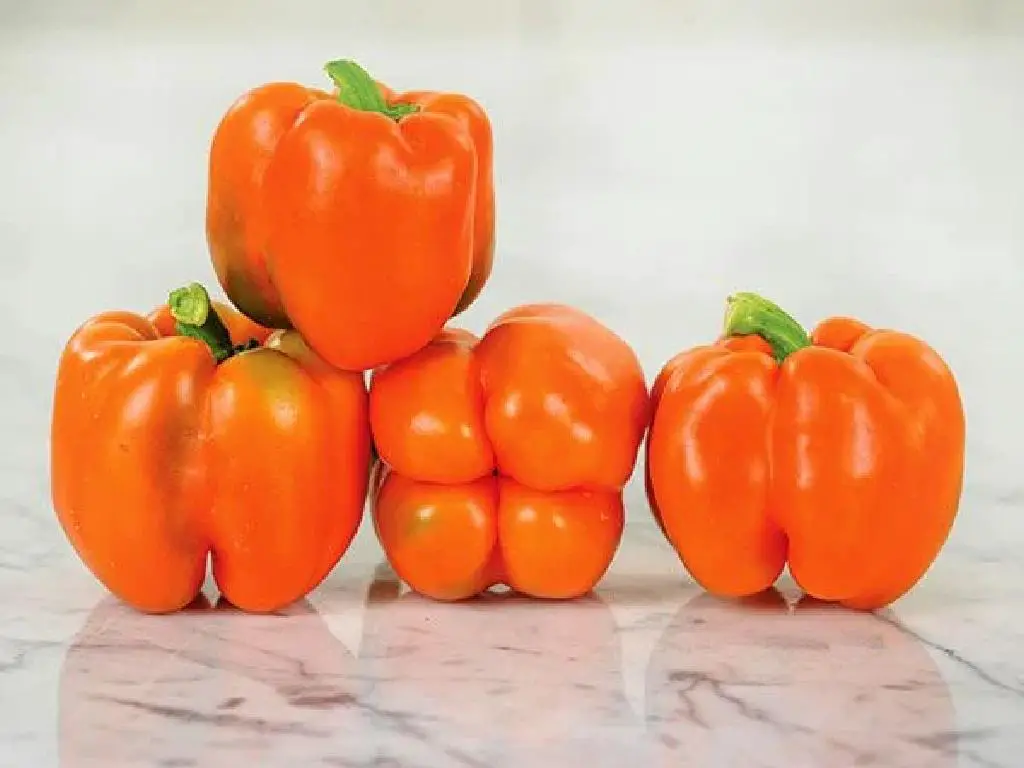
Produces large orange bell peppers reminiscent of pumpkins with extremely thick walls. The peppers can reach half a pound in size. The flavor is sweet with a citrus profile. It’s a heavy yielder, disease-resistant, and able to grow in many climates.
Chocolate Beauty Pepper
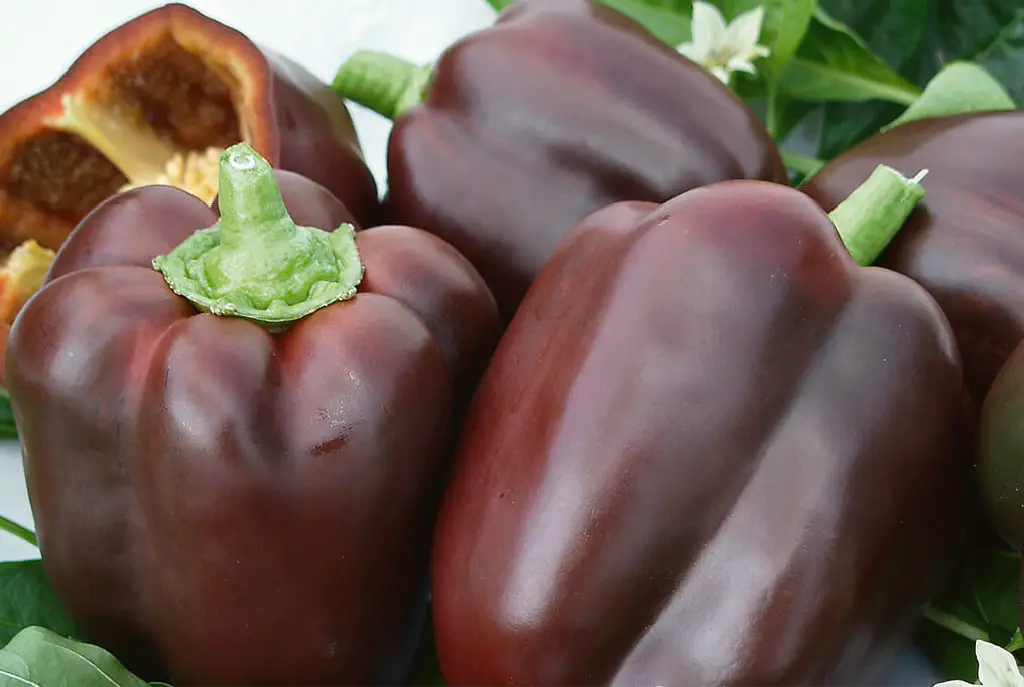
This beauty turns from green to a chocolaty brown color with orange or brown flesh. Matures in 70 days and produces 3–4 lobed peppers.
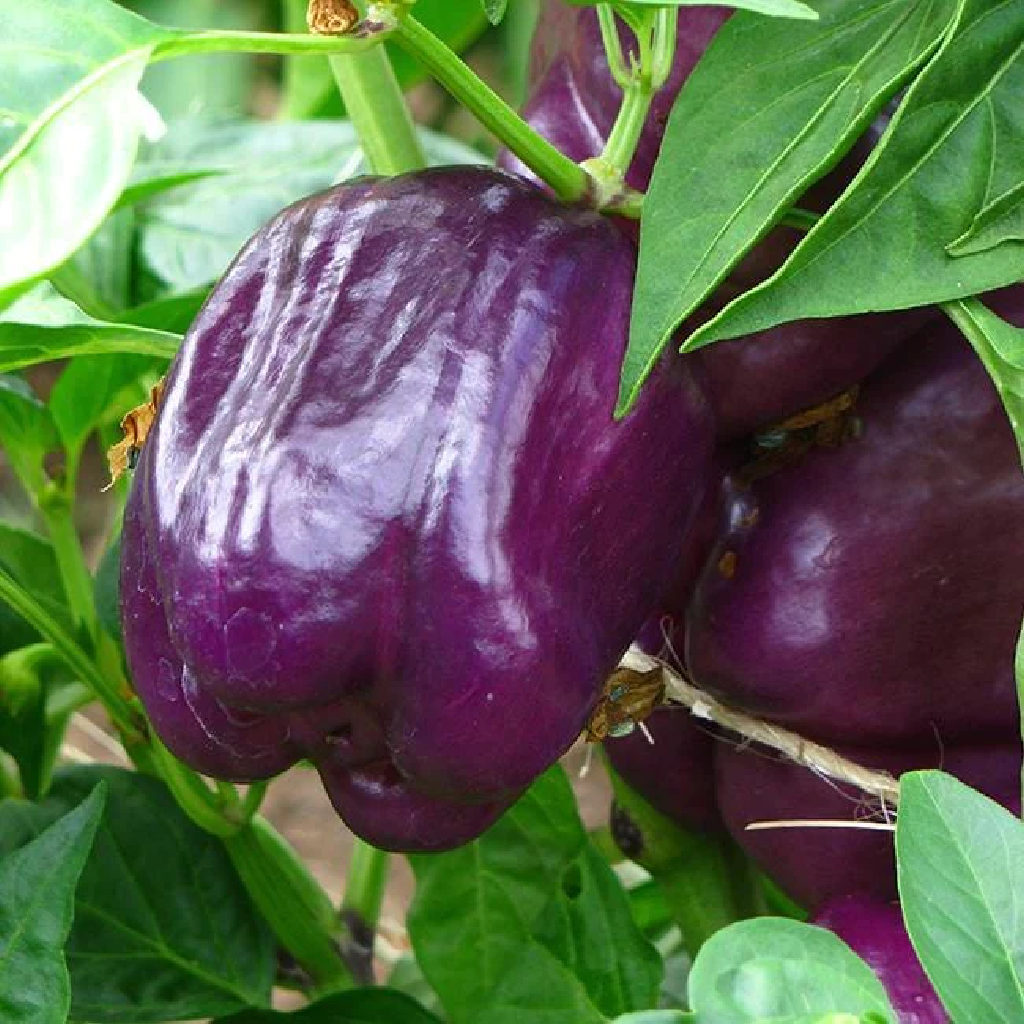
This is a beautiful heirloom variety with contrasting purple skin and green flesh. Purple Beauty, also called Purple Bell, is a good producer, and the fruits are medium size.
California Wonder Pepper
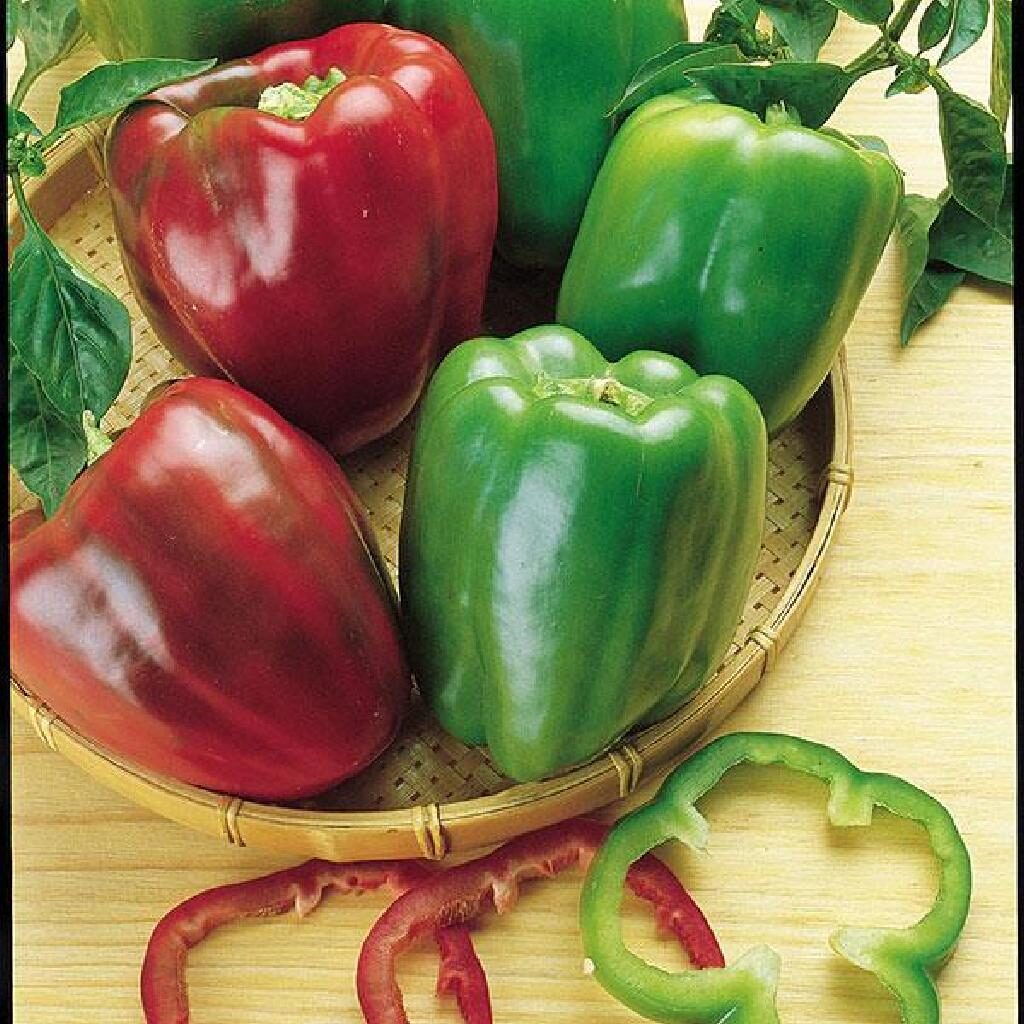
Probably the most popular heirloom variety grown in gardens, the California Wonder Pepper starts out green and ripens to red. They are good to pick at either stage and are the classic green bell pepper.
This is touted as one of the most flavorful and sweetest bell pepper varieties available. These peppers start out green and ripen to red, but they have sweetness even when picked green. It is a hybrid that Burpee created.
Quadroto D’asti Giallo
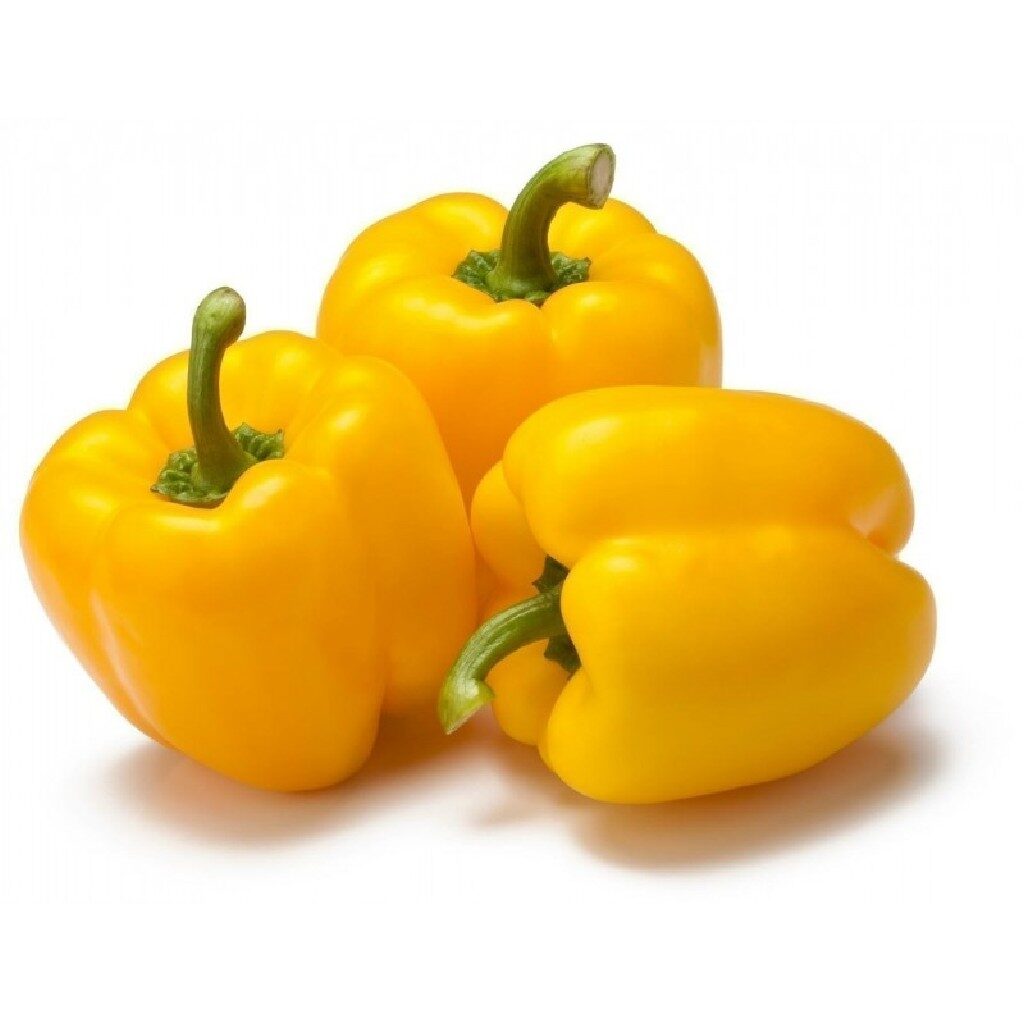
This is a very large bell pepper that starts out green and turns yellow. The bell peppers have thick walls, and some ripened fruit keeps a little bit of its green. It is an Italian variety that has heavy yields.
Chocolate Bell – This variety turns from green to a dark chocolatey color on the outside with red flesh on the inside. They are a sweeter variety than most.
Cupid Bell
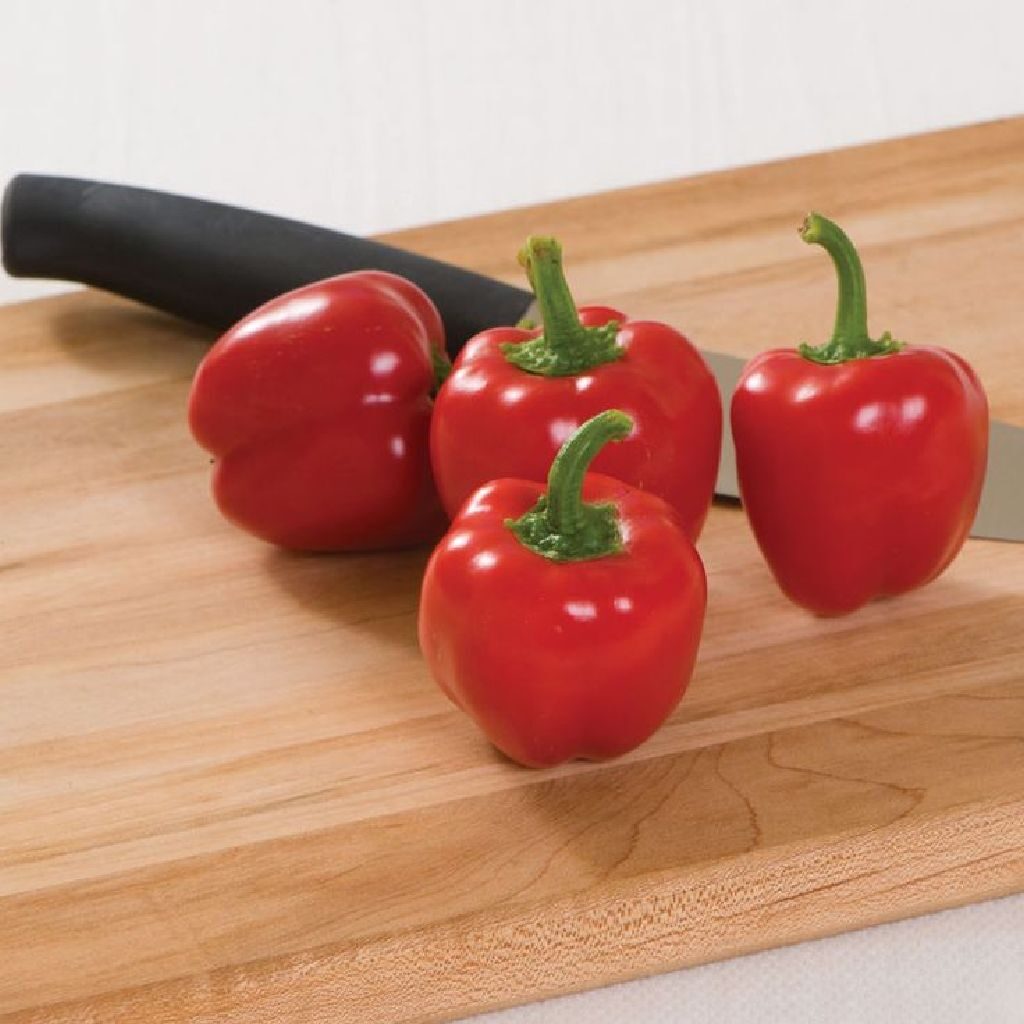
These are snack-size bell peppers that measure around 2×2 inches. These mature from green to red and are known for being quite sweet when fully ripened. The Johnny Seeds company, which is entirely employee-owned, created this variety.
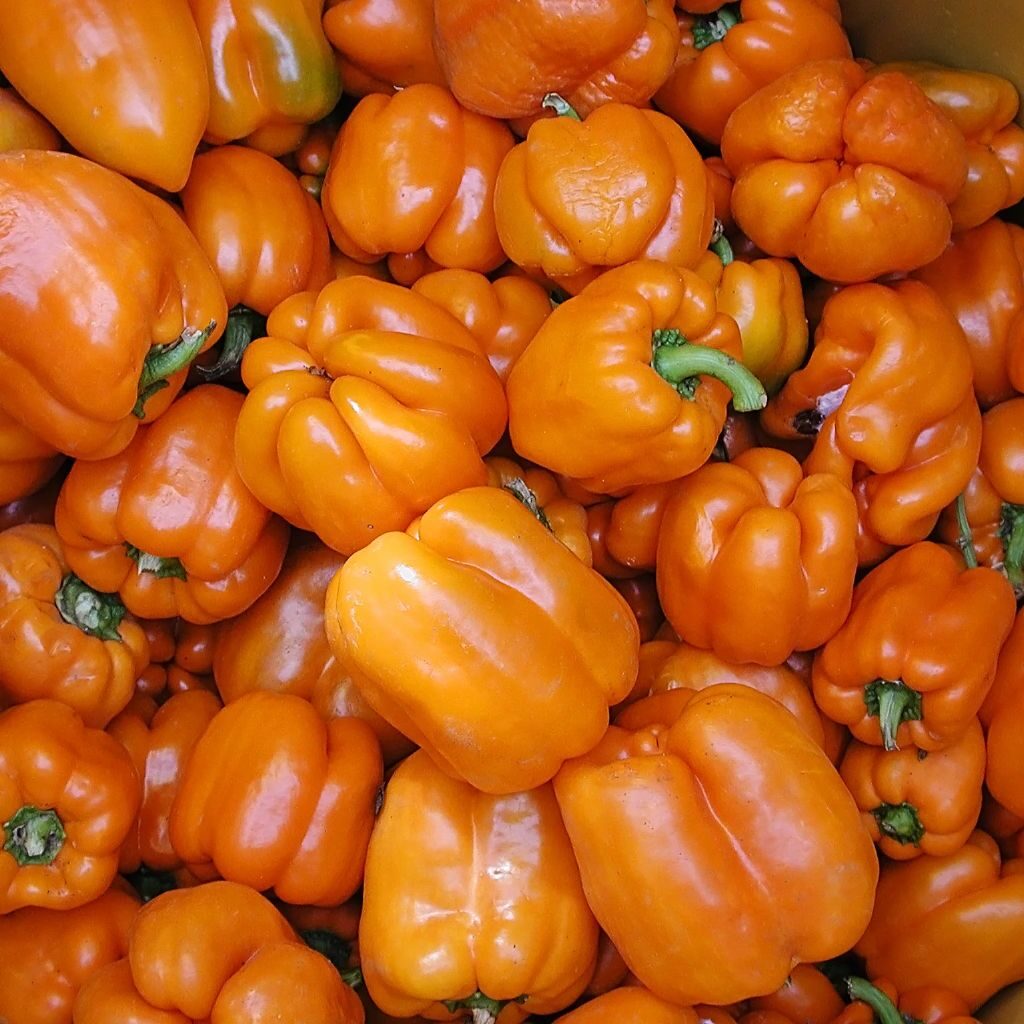
This is a bright orange variety of medium size with medium-thick walls. This variety grows in lots of conditions and is resistant to disease. This one is also from Johnny Seeds.
Touchdown – This is an early-maturing pepper, reaching maturity in 72 days, and produces large, 4.5-inch bell peppers. Has thick walls and is a consistent disease-resistant plant.
White Bell
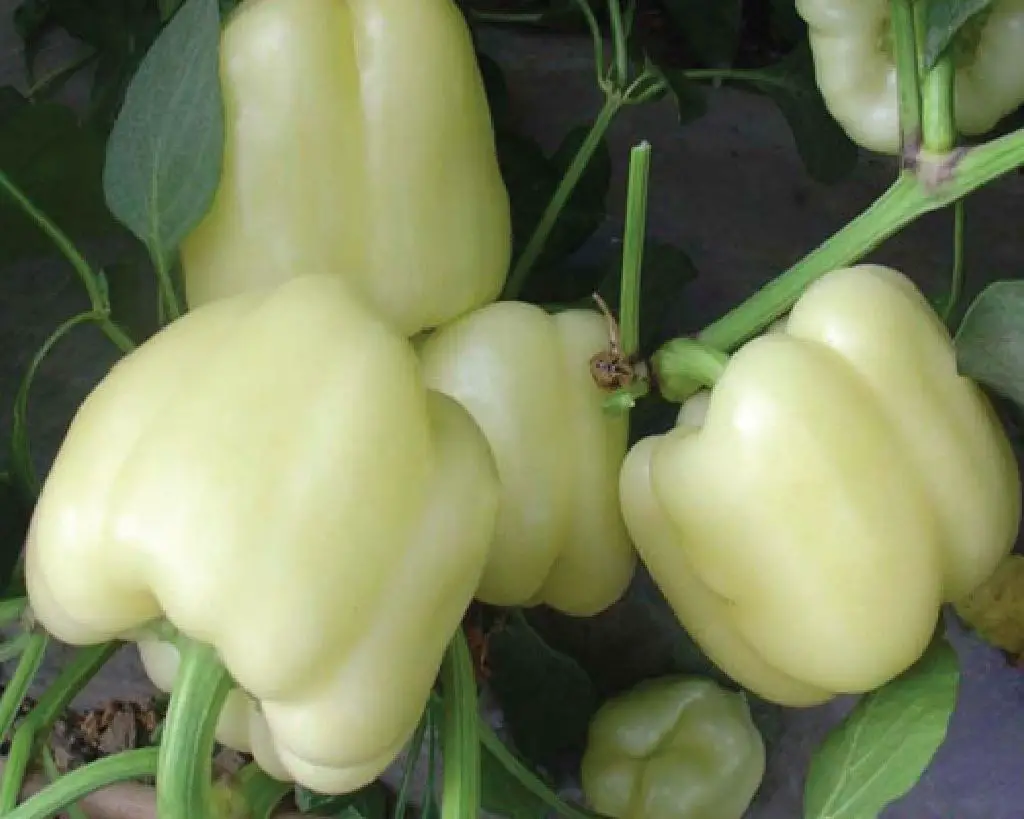
Produces medium- to large-sized peppers that grow as a translucent white color and ripen into a pale yellow color.
King Arthur– King Arthur is a popular variety that is disease-resistant and produces consistent good yields. The peppers turn green in 59 days and will ripen to red in 79 days.
Islander – The Islander pepper is also known as the Chameleon. It changes colors from purple to lavender, then to yellowish or orange. When fully ripened, these peppers turn red. This pepper can be picked at any growth stage, so this one variety can give you a colorful plate. The taste is a mild or sweet flavor.
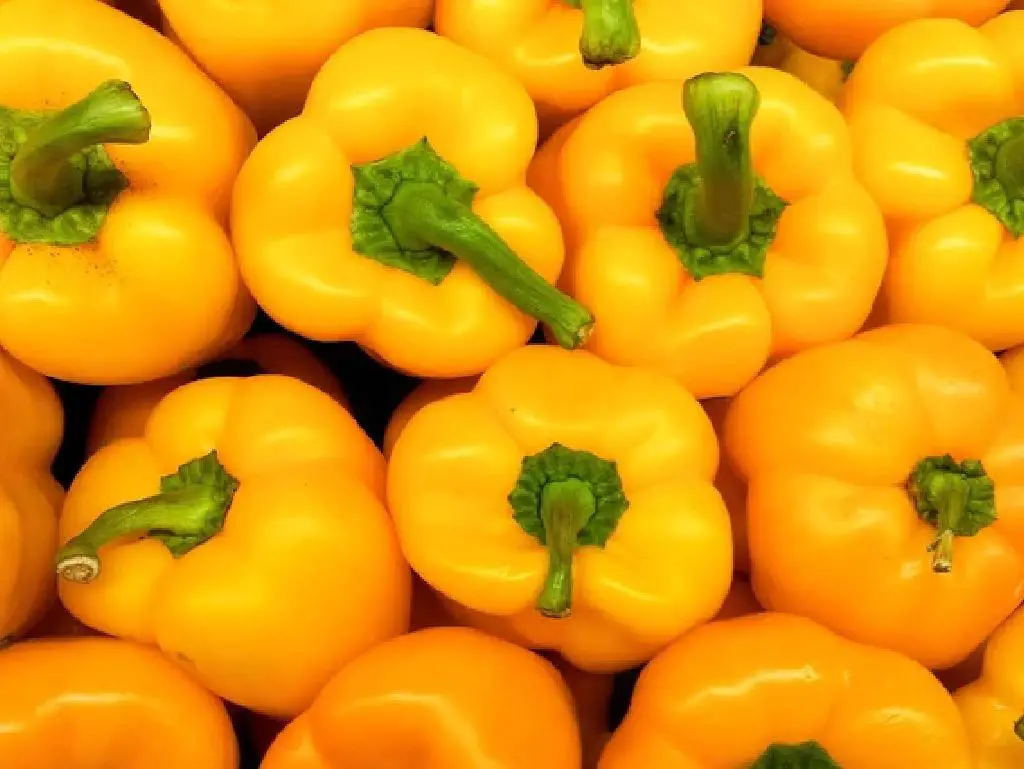
This pepper starts out dark green and turns into a yellow or orange color when fully ripened. The taste of these bell peppers is fruity and sweet.
Colors of Bell Peppers: A Culinary Kaleidoscope
Bell peppers are nature’s palette, offering an array of colors. They not only add visual appeal to your plate but also signify distinct stages of ripeness and flavor profiles. Let’s embark on a journey through the vibrant spectrum of bell pepper hues.
- Green Bell Peppers: Harvested before full ripening, green peppers boast a mildly bitter taste and a crisp texture, making them a versatile kitchen staple.
- Yellow Bell Peppers: As green peppers mature, they transform into a sunny yellow, offering a milder and sweeter flavor, perfect for those seeking a subtler taste.
- Orange Bell Peppers: Ripened further, green and yellow peppers evolve into a delightful orange hue, presenting a fruitier and sweeter profile that adds a burst of sweetness to your dishes.
- Red Bell Peppers: The pinnacle of ripeness, red bell peppers are the sweetest and most flavorful, making them an excellent choice for those looking to elevate the taste of their culinary creations.
Nutritional Nuances and Flavorful Profiles: Unveiling the Goodness
Each different color of bell pepper contributes to the visual appeal of your meals. They also bring unique nutritional benefits and flavor characteristics.
| Color | Nutritional Highlights | Flavor Profile |
| Green | Rich in vitamin C and a slightly bitter taste. | Mildly bitter with a crisp texture. |
| Yellow | Milder taste, high in antioxidants and vitamins. | Sweet and subtler than green. |
| Orange | Increased sweetness, loaded with vitamin A & C. | Fruity and sweet, it adds vibrancy. |
| Red | Highest sweetness, rich in antioxidants. | Sweetest and most flavorful. |
The Mysterious Blue Bell Peppers
If you google blue bell peppers, you’ll get a few images of what looks like blue bell peppers. Blue produce of any kind is rare, and it looks like most of these pictures are fakes.
One is a neon-type blue that an author from mossandfog believes to be a fake. Another is a stack of perfectly blue bell peppers from a Canadian seller on Amazon selling seeds.
Buyer reviews state that the plant is a pepper plant but not a bell pepper plant, and one review says it is green. There is another image that is probably the only real one of the three, and it’s a chocolate bell pepper that has a greenish blue tint.
There is a variety of bell pepper named Blue Jay, but it goes from purple to orange to red. Another variety is called Filius Blue Pepper and this one is not a bell pepper and is purple but is a beautiful sweet pepper plant with peppers that look like Christmas ornaments hanging from the plant.
It looks like if you want a blue bell pepper, you’ll need to dedicate the rest of your life to intensive breeding of bell pepper varieties or break out the food coloring.
Final Thought
In conclusion, bell peppers come in many colors, shapes, and sizes. They can be grown in a garden and are a great addition to any dish. Bell peppers are a healthy vegetable that is low in calories and high in nutrients. They are also a good source of antioxidants. There are many types and varieties of bell peppers to choose from, so you are sure to find one that you will love.


